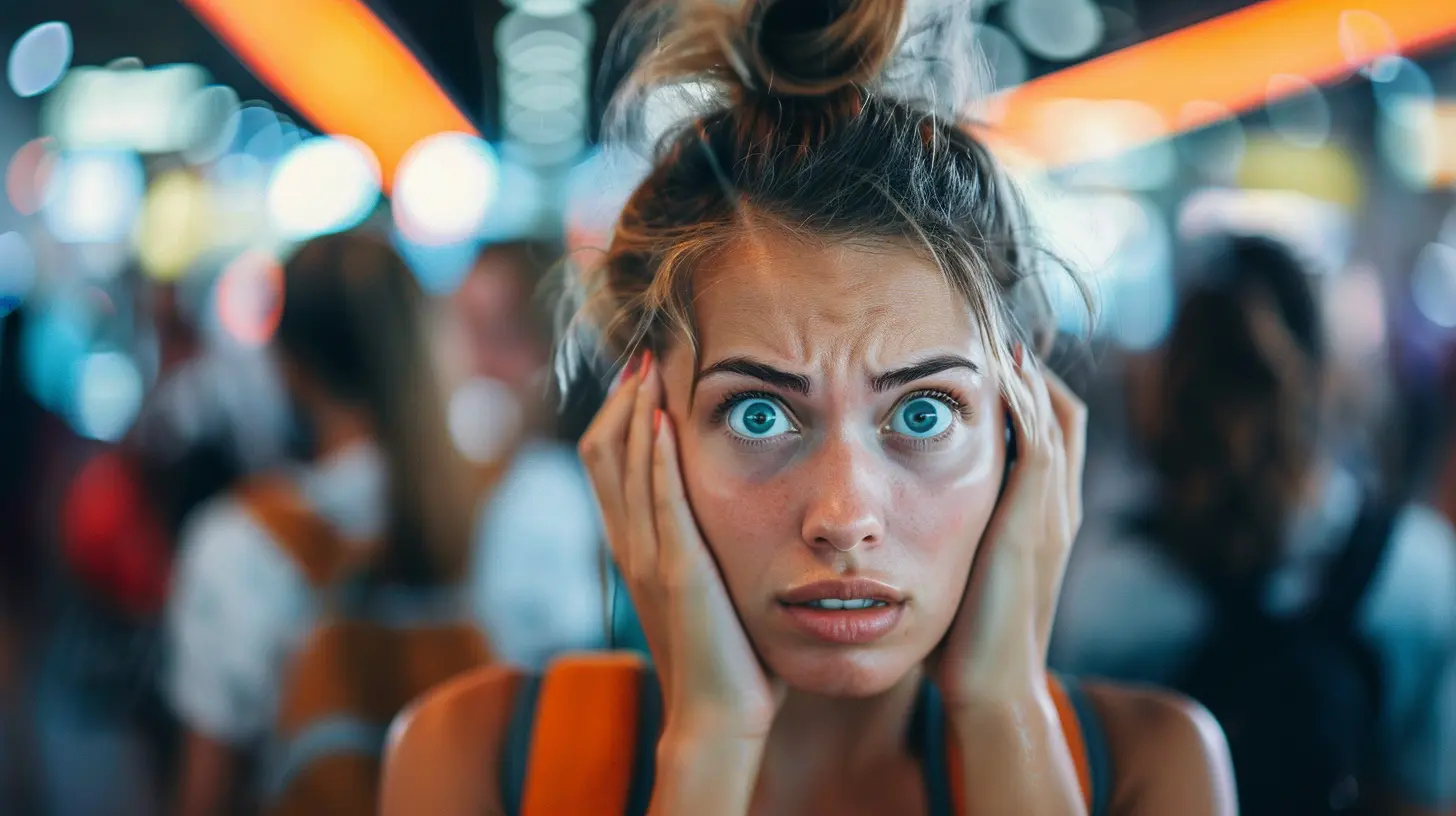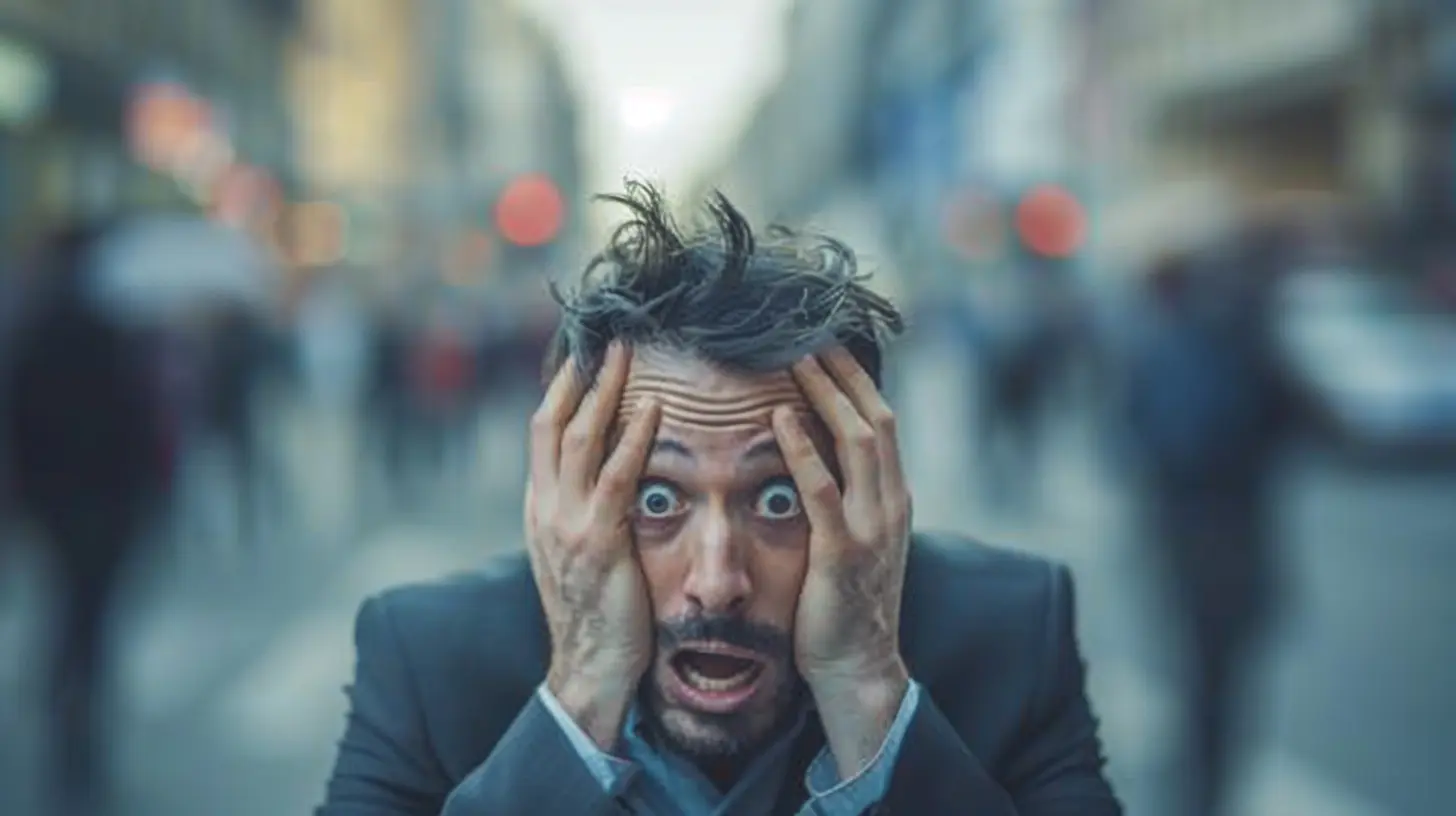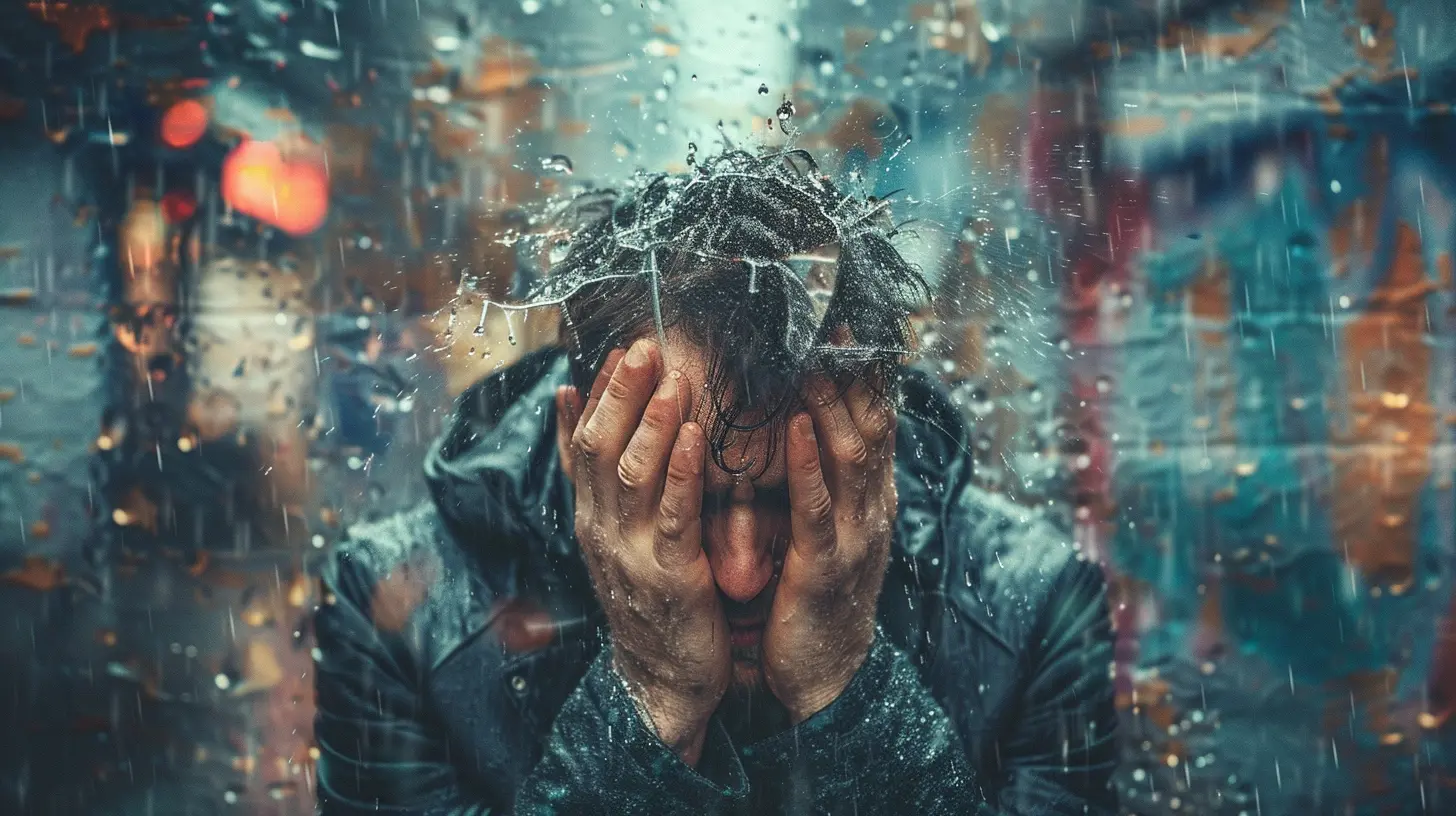Social Anxiety: Overcoming Fear in Public Spaces
12 October 2025
Have you ever felt your heart race just walking into a crowded room? Like every eye is a spotlight, scanning and judging? Yeah, that overwhelming nervousness, the sweaty palms, the mental rehearsals before speaking—it has a name: social anxiety.
It’s not just shyness. It’s not just awkwardness. Social anxiety is a storm that brews in your chest when you're faced with the ordinary—grabbing a coffee, answering a question in class, saying “hi” to someone new. For many, public spaces become emotional war zones. But here’s the good news—you’re not alone, and there’s a path through the fear.
Let’s dive deep, heart first, into the world of social anxiety and how we can start reclaiming our power in public spaces.
What Is Social Anxiety, Really?
Picture this: you're walking into a room full of people. Nothing dramatic is happening. No one's staring. But your heart? It’s pounding like a drum solo. Your brain? It's running 100 miles per hour with thoughts like “What if I say something stupid?” or “Everyone thinks I don’t belong here.”Social anxiety disorder is a mental health condition where everyday interactions cause significant anxiety, self-consciousness, and embarrassment. It isn't just discomfort—it’s fear that feels like danger.
It can show up in all sorts of sneaky ways:
- Avoiding eye contact.
- Overthinking conversations long after they’re over.
- Canceling plans last minute to avoid crowds.
- Physically feeling ill from anticipation.
It’s like a bad roommate in your mind whispering, "You're not good enough" every time you step into the world.
The Root Beneath the Fear
Let’s get honest for a second. Social anxiety doesn’t show up out of nowhere. It usually has roots—deep ones.Sometimes, it comes from past trauma—like bullying, ridicule, or overly critical environments. Other times, it's linked to a deep fear of judgment, of failure, of not belonging.
Our brains are wired to seek safety. Back in our caveman days, being part of the group literally meant survival. Being rejected? That could’ve meant danger. Today, that ancient wiring shows up as anxiety when we fear exclusion or embarrassment, even though we’re not dealing with saber-toothed tigers anymore.
But here’s what matters: it’s not your fault, and more importantly, it’s not forever.
How Social Anxiety Shows Up in Public Spaces
Have you ever walked into a grocery store and suddenly forgot what you came for because you were too aware of everyone around you?Public spaces are high-frequency zones for social anxiety. Why?
Because they’re uncontrolled environments. People, sounds, expectations—they all collide. There’s uncertainty behind every corner. Here's how it often shows up:
- Skipping events with large crowds.
- Avoiding speaking up in meetings or classes.
- Needing a friend to come along to feel safe.
- Using phones as shields to avoid interaction.
Public spaces become like stages, and you feel like an actor under the spotlight without a script. No wonder it feels terrifying.
But guess what? That stage? It can become your playground with time and tools.
Rewriting the Internal Script
Let’s talk strategy. Social anxiety isn’t something you just "get over." It’s something you move through—slowly, intentionally. Think of it like untangling a tightly knotted rope. Patience required.1. Name the Fear
Start by identifying your personal triggers. Is it speaking to strangers? Asking for help? Making a phone call? Naming the fear takes it out of the shadows and places it in the light.Ask yourself:
- What am I afraid will happen?
- What’s the worst-case scenario?
- How likely is it, really?
Sometimes just questioning your fear can shrink its power.
2. Challenge Negative Thoughts
Social anxiety loves to fabricate lies like:- “Everyone is watching me.”
- “They’ll think I’m weird.”
- “I always mess up.”
Treat these thoughts like uninvited guests. You don’t have to let them move in. Replace them with truths:
- “People are usually focused on themselves.”
- “I deserve to be here.”
- “I am allowed to make mistakes.”
This isn’t toxic positivity—it’s conscious mental reprogramming.
3. Exposure in Tiny Bites
You don’t have to jump into the deep end. Start small. Tiny steps build huge confidence.- Smile at a cashier.
- Ask one stranger for directions.
- Say "hi" to someone in the hallway.
Each time you survive (and you will), your brain learns: “Hey, this wasn’t so bad.” That’s neuroplasticity working for you.
4. Breathing Techniques That Ground You
Butterflies in your stomach? Shortness of breath? That’s your body reacting to perceived danger. Ground it.Try box breathing:
- Inhale for 4 seconds.
- Hold for 4 seconds.
- Exhale for 4 seconds.
- Hold for 4 seconds.
- Repeat 4 times.
It calms the nervous system and tells your brain: “We’re safe.”
5. Shift the Spotlight
When you’re anxious, your focus is inward—on how you’re coming across. Flip it. Pay attention to others instead. Listen. Observe. Ask questions.It's like turning the camera outward. Suddenly, you’re not the star of the show—just part of the audience.
Navigating Social Situations Without Panic
Social situations don’t have to feel like landmines. With a few tools in your pocket, you can walk in with more ease.Prepare (But Don’t Over-Prepare)
It’s okay to think ahead. What might you talk about? Who might you see? But don’t fall into the trap of rehearsing for perfection. Remember, conversations are messy and that’s okay.Bring a “Safety Buddy”
If it’s a big event, bring someone you trust. Not to lean on forever, but to create a soft launch into the space.Break the Event Into Chunks
Instead of "I have to last 4 hours," try:- “I’ll go for an hour. If I feel okay, I’ll stay longer.”
Giving yourself an exit plan reduces pressure.
Celebrate Wins
Did you speak up in a meeting? Order food at a busy café? That’s a win. Celebrate it. Write it down. Track your progress. Your brain needs that dopamine reward.Therapy and Tools That Work
Sometimes, we need backup. And that’s 100% okay.Therapies like Cognitive Behavioral Therapy (CBT) are gold standards for social anxiety. They help you identify negative thought patterns and reshape them.
Other helpful approaches:
- Exposure therapy — face fears gradually.
- Mindfulness meditation — creates space between you and your thoughts.
- Support groups — connect with folks who get it.
And yes, in some cases, medications can help balance out the chemicals that send your brain into panic mode. That’s a convo to have with a mental health professional.
Mental health isn’t DIY plumbing. Don’t be afraid to ask for help.
Turning Fear Into Freedom
Social anxiety is a thief. It steals your voice, your presence, your joy. But it can be unmasked—not by crushing it, but by gently peeling it back. One layer at a time.The goal isn’t to become fearless. The goal is to feel the fear and move anyway.
Growth doesn't happen in comfort zones, but neither does it happen in chaos. It lives in the small, quiet rebellions—when you show up to that event, make that call, say what you really think, even when your voice shakes.
Because courage isn’t loud. Sometimes, it’s just showing up in spite of fear.
You Are Not Broken
Let’s end with this: there’s nothing wrong with you.You are not broken. You’re a human being trying to feel safe in a noisy, confusing world.
Your sensitivity isn’t a flaw—it’s a superpower. It means you’re attuned. You care. You feel deeply.
So, take a breath. Walk into that room. You belong.
And if the fear comes? Walk with it. Don’t let it drive. Let it sit in the back seat while you steer forward, shaking hands and brave heart.
You’ve got this.
all images in this post were generated using AI tools
Category:
AnxietyAuthor:

Matilda Whitley
Discussion
rate this article
1 comments
Mia McQuiston
This article offers valuable insights into managing social anxiety. I particularly appreciated the practical tips for gradual exposure to social situations. Remember, progress takes time, and celebrating small victories can boost confidence. Engaging with supportive communities can also make a significant difference in overcoming these challenges.
October 12, 2025 at 3:08 AM


